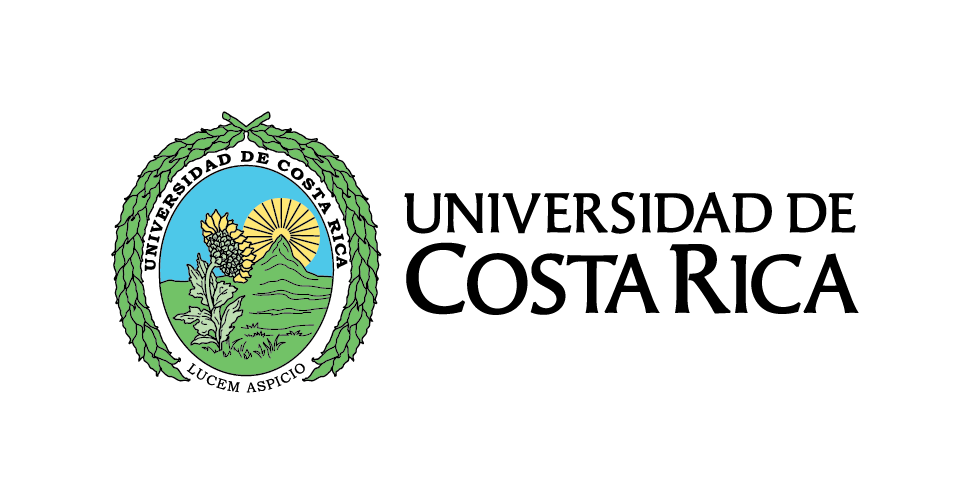Metodología FMECA para un aerogenerador doblemente alimentado
Due to the complexity of wind systems, the need for reliable wind turbines becomes highly relevant, therefore methodologies have been developed to improve their characteristics and performance. The failure modes, effects and criticality analysis method has been used to study the reliability of diffe...
Furkejuvvon:
| Váldodahkkit: | , , , , , |
|---|---|
| Materiálatiipa: | Online |
| Giella: | spa |
| Almmustuhtton: |
Universidad de Costa Rica
2021
|
| Fáttát: | |
| Liŋkkat: | https://revistas.ucr.ac.cr/index.php/ingenieria/article/view/46100 |
| Fáddágilkorat: |
Lasit fáddágilkoriid
Eai fáddágilkorat, Lasit vuosttaš fáddágilkora!
|
| Čoahkkáigeassu: | Due to the complexity of wind systems, the need for reliable wind turbines becomes highly relevant, therefore methodologies have been developed to improve their characteristics and performance. The failure modes, effects and criticality analysis method has been used to study the reliability of different power generation systems. This document presents the application of this methodology to a doubly fed induction wind turbine, to perform a qualitative and quantitative evaluation of its failure characteristics. In addition, to take into account economic considerations in the analysis, the approach of the risk-based method is presented to mitigate the limitations presented by the traditional method. As a result, it is determined that the focus should be on the generator, then the electrical system and later on the blades. |
|---|

